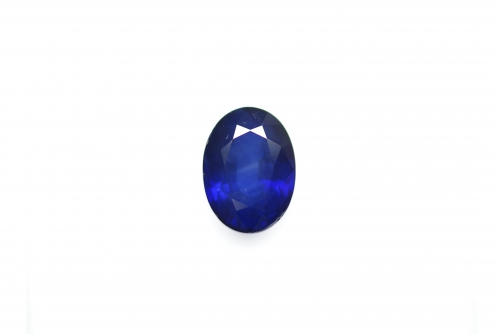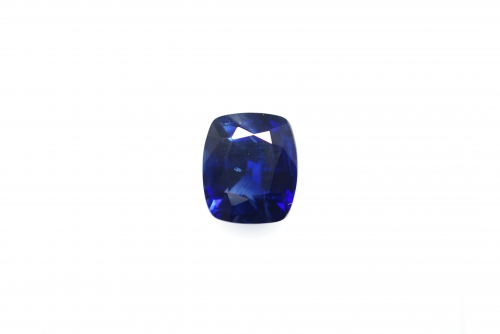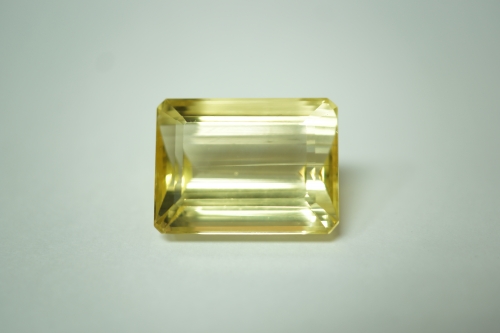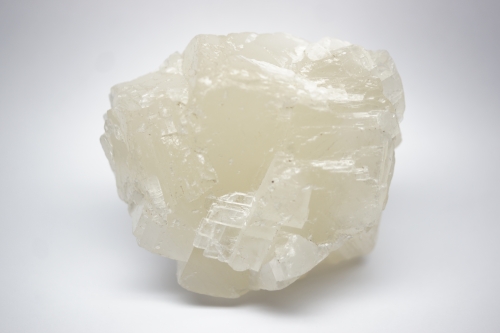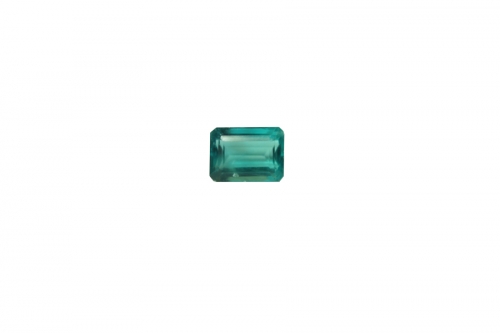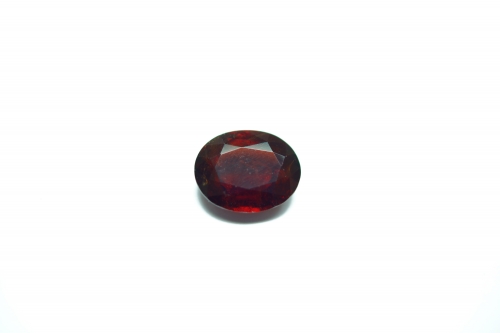Product Description
History
Throughout history sapphires have always been linked to royalty and romance. Ancient civilizations believed that sapphires protected them from the evil eye of others. Some believe the blue gemstone could bring about peace. Even though sapphires come in an array of colours most people would think of sapphires as blue in colour. On her engagement, Princess Diana’s was given a Blue sapphire engagement ring which forever immortalized sapphires’ status as a gemstone that symbolizes love and loyalty. Ever since then sapphires have gained in popularity with consumers.
Sources
Traditionally sapphires were first mined from Burma and Kashmir. However sapphires from Kashmir are rare as mining has practically stopped in that war torn region. Sri Lanka has now become an important source of top quality sapphires more commonly known as Ceylon sapphires. Other countries that produce sapphires include Madagascar, Thailand, Australia, Cambodia, China, Colombia, Malawi, Nigeria, Tanzania, Vietnam and the US.
Quality
The sapphires found in Burma and Kashmir is exceptional in colour. Burmese sapphires are of a dark rich royal blue colour. Kashmiri sapphires are arguably the best and most sought after sapphires for its famous velvety “cornflower” blue colour. Ceylon sapphires are unique with its vivid blue colour, excellent clarity and its brilliant lustre. The famous orangey pink sapphire known as “Padparascha” sapphire also comes from Sri Lanka. Sapphires also come in other varieties with an optical effect which is asterism and colour change. Sapphires with asterism produces a star affect hence the name star sapphire. Colour change sapphires changes from one colour when in daylight and another colour when in incandescent light.
Trivia
The 565.35 carat Star of India is actually a star sapphire mined from Sri Lanka.

